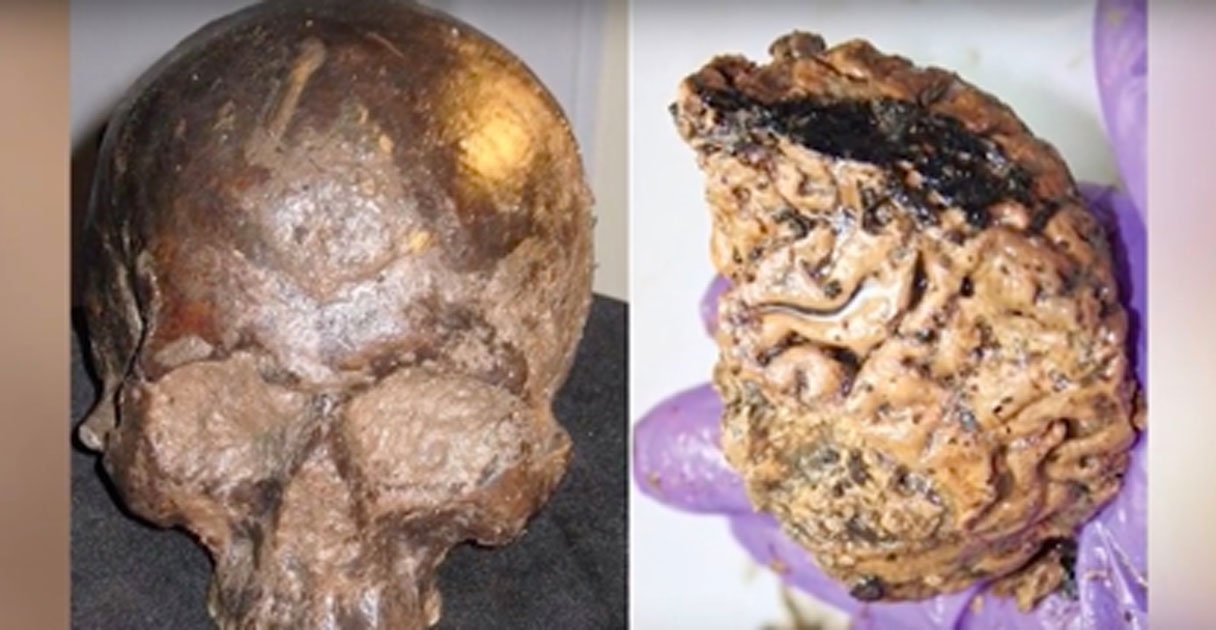Sometime between 673 BC to 482 BC, in a region that would one day be known as East Heslington York, a mysterious man was hung by the rope and then decapitated ceremoniously. His severed head was placed face down in a hole and then buried quickly. Was this man a criminal sentenced to death by tribal justice or was this a sacrifice for the appeasement of their gods?
Such acts of ceremony were quite common during Bronze Age and early Iron Age Europe. Both sacrifice and decapitation were done to appease their gods as well as invoke fear into enemies that existed all around.
The ancient Britons and Celts also used the severed heads and slain bodies as markers for areas of water they held sacred. In later years, severed heads would be used as trophy displays for warriors and chiefs alike to reiterate their tales of battle and the gruesome acquisition of the sacrificed individual staring at them through their empty skeleton eyes.
In 2008, the darkened skull of an Iron Age man was discovered in a waterlogged pit at site A1, Heslington, North Yorkshire, UK. The dark stained cranium and mandible lay face down. Excavators believed this man the victim of a ritual killing. Though this individual’s name was forgotten, his remains would shock the archaeological world by revealing his skull, his neck, and his well-preserved brain.
Read more HERE
Ask me anything
Explore related questions





